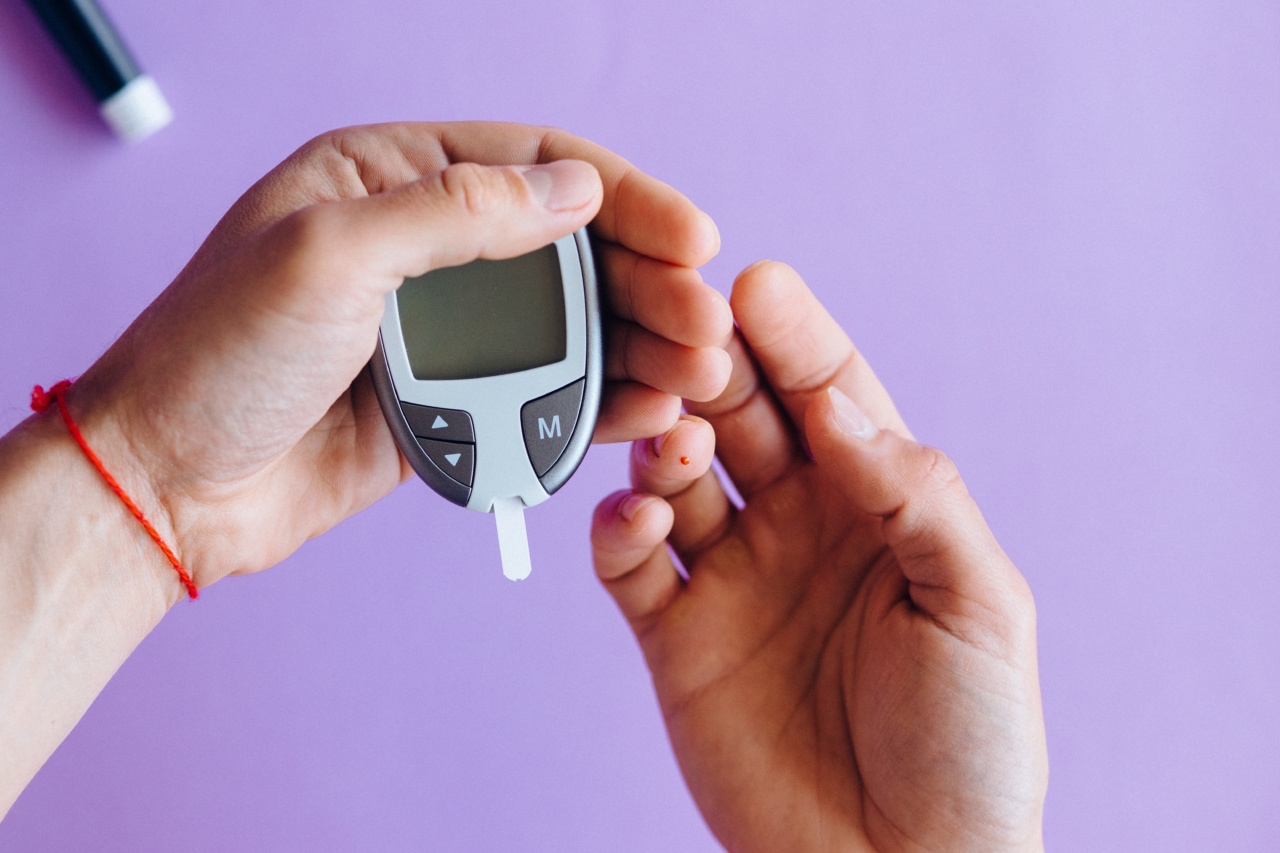Managing blood sugar levels is crucial for maintaining overall health and preventing various chronic conditions such as diabetes and heart disease.
By understanding the process of blood sugar regulation and implementing lifestyle changes, you can effectively control your blood sugar levels and improve your well-being. In this ultimate guide, we will walk you through four illustrated steps to help you achieve optimal blood sugar regulation.
Step 1: Understanding Blood Sugar Regulation
Before we dive into the steps to regulate blood sugar, it is essential to comprehend how the body regulates blood sugar levels. Blood sugar, also known as blood glucose, is the primary source of energy for the body’s cells.
The hormone insulin, produced by the pancreas, plays a crucial role in regulating blood sugar levels. It allows cells to take in glucose from the bloodstream, reducing blood sugar levels.
When you consume carbohydrates, they break down into glucose and enter the bloodstream. In response, the pancreas releases insulin to help your cells absorb the glucose, which allows your blood sugar levels to return to normal.
However, if your body doesn’t produce enough insulin or your cells become insulin resistant, blood sugar levels can become elevated and lead to various health problems.
Step 2: Healthy Eating for Blood Sugar Regulation
Diet plays a significant role in blood sugar regulation. By making well-informed food choices, you can better manage your blood sugar levels. Here are some dietary guidelines:.
1. Choose whole, unprocessed foods: Opt for whole grains, fruits, vegetables, and lean proteins. These foods are high in fiber, which slows down the absorption of glucose into the bloodstream, preventing blood sugar spikes.
2. Limit refined carbohydrates and added sugars: Processed and sugary foods, such as white bread, sugary drinks, and candies, can cause rapid rises in blood sugar levels. These foods should be consumed in moderation or avoided altogether.
3. Include healthy fats: Adding sources of healthy fats, such as avocados, nuts, and olive oil, to your diet can help slow down the absorption of glucose and keep blood sugar levels stable.
4. Practice portion control: Be mindful of portion sizes to avoid overloading your body with excessive carbohydrates, which can lead to higher blood sugar levels.
Step 3: Regular Physical Activity
Engaging in regular physical activity is highly beneficial for blood sugar regulation. When you exercise, your muscles use glucose for energy, effectively lowering your blood sugar levels.
Additionally, physical activity increases insulin sensitivity, allowing your cells to utilize glucose more efficiently.
Here are some tips to incorporate physical activity into your routine:.
1. Aim for at least 150 minutes of moderate-intensity aerobic exercise per week. This can include activities such as brisk walking, cycling, or swimming.
2. Incorporate strength training exercises into your routine to build muscle mass, as muscle cells utilize glucose for energy.
3. Stay active throughout the day by taking short walks or engaging in household chores.
Step 4: Stress Management and Sleep
Chronic stress and inadequate sleep can adversely affect blood sugar regulation. When you experience stress, your body releases stress hormones like cortisol, which can increase blood sugar levels.
Additionally, lack of sleep can lead to insulin resistance and higher blood sugar levels. Therefore, managing stress and ensuring sufficient sleep is crucial for optimal blood sugar control.
Here are some techniques to manage stress:.
1. Practice relaxation techniques like deep breathing, meditation, or yoga.
2. Engage in activities you enjoy, such as hobbies or spending time with loved ones.
3. Prioritize sleep by establishing a regular sleep schedule and creating a calming bedtime routine.
By following these four illustrated steps – understanding blood sugar regulation, adopting a healthy eating plan, engaging in regular physical activity, and managing stress and sleep – you can effectively regulate your blood sugar levels and protect your overall health.































